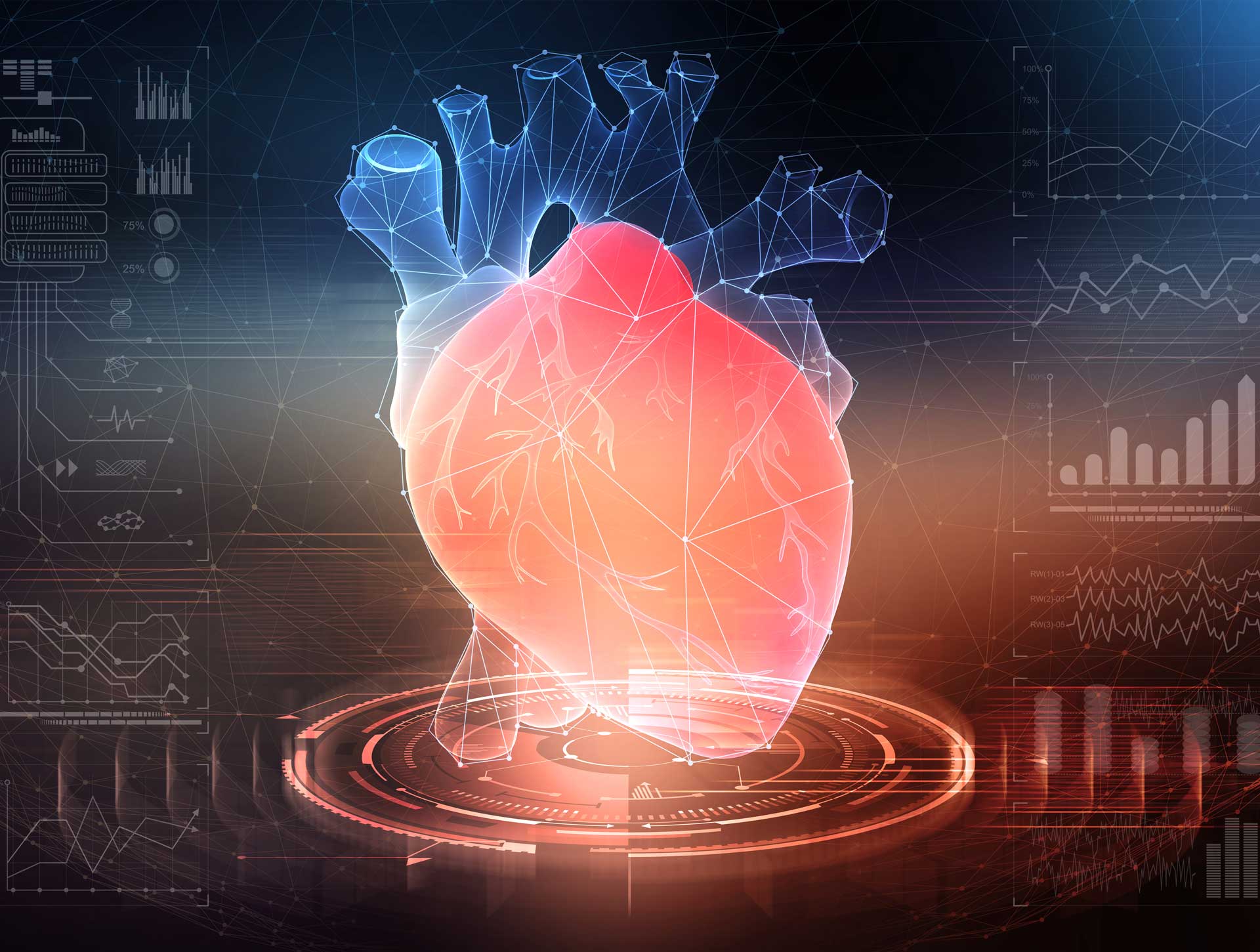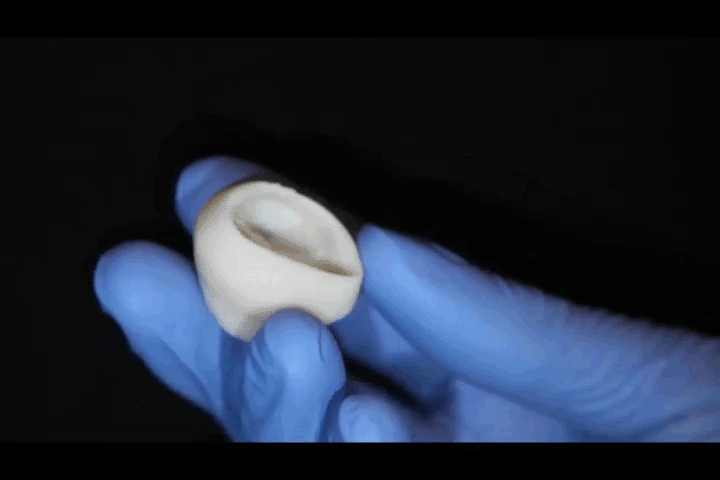
A 3D printed heart that can be custom created for those needing a transplant has been a goal for some time, but recreating the highly complex organ has remained a dream so far. However, a new bioprinting technique could prove a key step on the road to making it a reality.
Detailed for the first time in the journal Science today, the technique allows tissue scaffolds to be 3D printed out of collagen – the key protein that forms structures in humans.

Access deeper industry intelligence
Experience unmatched clarity with a single platform that combines unique data, AI, and human expertise.
This is significant because it for the first time enables the underlying frame of the human heart to be 3D printed at full scale, creating a vital foundation for the ultimate goal of a full replacement organ.
And notably, the researchers behind the breakthrough, from Carnegie Mellon University, have used the technique to successfully recreate the underlying structure of specific human hearts.
“What we’ve shown is that we can print pieces of the heart out of cells and collagen into parts that truly function, like a heart valve or a small beating ventricle,” explained Adam Feinberg, a professor of biomedical engineering (BME) and materials science & engineering at Carnegie Mellon, whose lab developed the technique.
“By using MRI data of a human heart, we were able to accurately reproduce patient-specific anatomical structure and 3D bioprint collagen and human heart cells.”

US Tariffs are shifting - will you react or anticipate?
Don’t let policy changes catch you off guard. Stay proactive with real-time data and expert analysis.
By GlobalData
Why collagen is key to a 3D printed heart
The technique, which is known as Freeform Reversible Embedding of Suspended Hydrogels (FRESH), is significant because it solves many problems relating to existing bioprinting research.
While there have been notable achievements relating to bioprinting specific types of tissue, creating a structure that ties them all together has proved very challenging. Collagen has long been considered the solution – but successfully bioprinting it has not proved easy.
“Collagen is an extremely desirable biomaterial to 3D print with because it makes up literally every single tissue in your body,” said study co-first author Andrew Hudson, a BME Ph.D. student in Feinberg’s lab.
“What makes it so hard to 3D print, however, is that it starts out as a fluid – so if you try to print this in air it just forms a puddle on your build platform. So we’ve developed a technique that prevents it from deforming.”
Open-source bioprinting
The technique can also be applied to a host of other soft gels, including fibrin, alginate and hyaluronic acid, which could have additional benefits in the long term.
Notably, the team has also open-sourced the bioprinter design, allowing research institutions and schools to create their own 3D bioprinters.
This should ultimately help hasten the goal of a 3D printed heart, as success will rely on a host of different institutions contributing. It will also enable the technology to be applied to other forms of regenerative medicine, which could lay the foundation for revolutionary changes in a host of treatment fields.
“Really what we’re talking about is the convergence of technologies,” said Feinberg.
“Not just what my lab does in bioprinting, but also from other labs and small companies in the areas of stem cell science, machine learning, and computer simulation, as well as new 3D bioprinting hardware and software.”
However, while the breakthrough is hugely significant, there is still a long road ahead for the creation of a true 3D printed heart.
“It is important to understand that there are many years of research yet,” said Feinberg.
“But there should still be excitement that we’re making real progress towards engineering functional human tissues and organs, and this paper is one step along that path.”
Read more: How close are 3D printed organs to reality?







